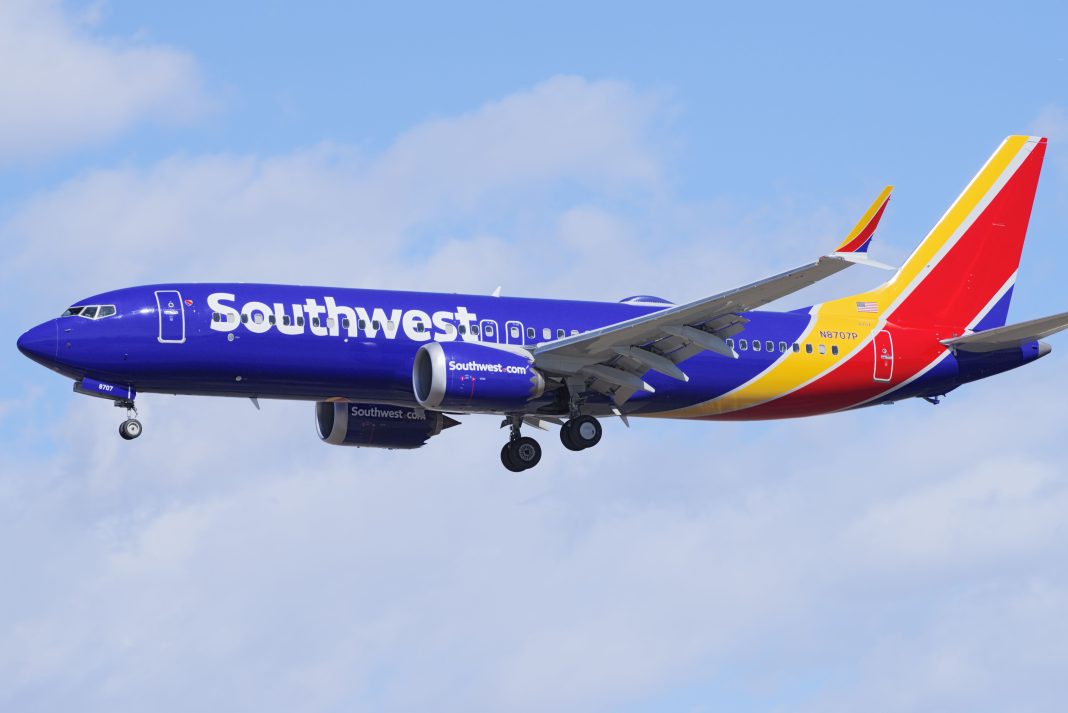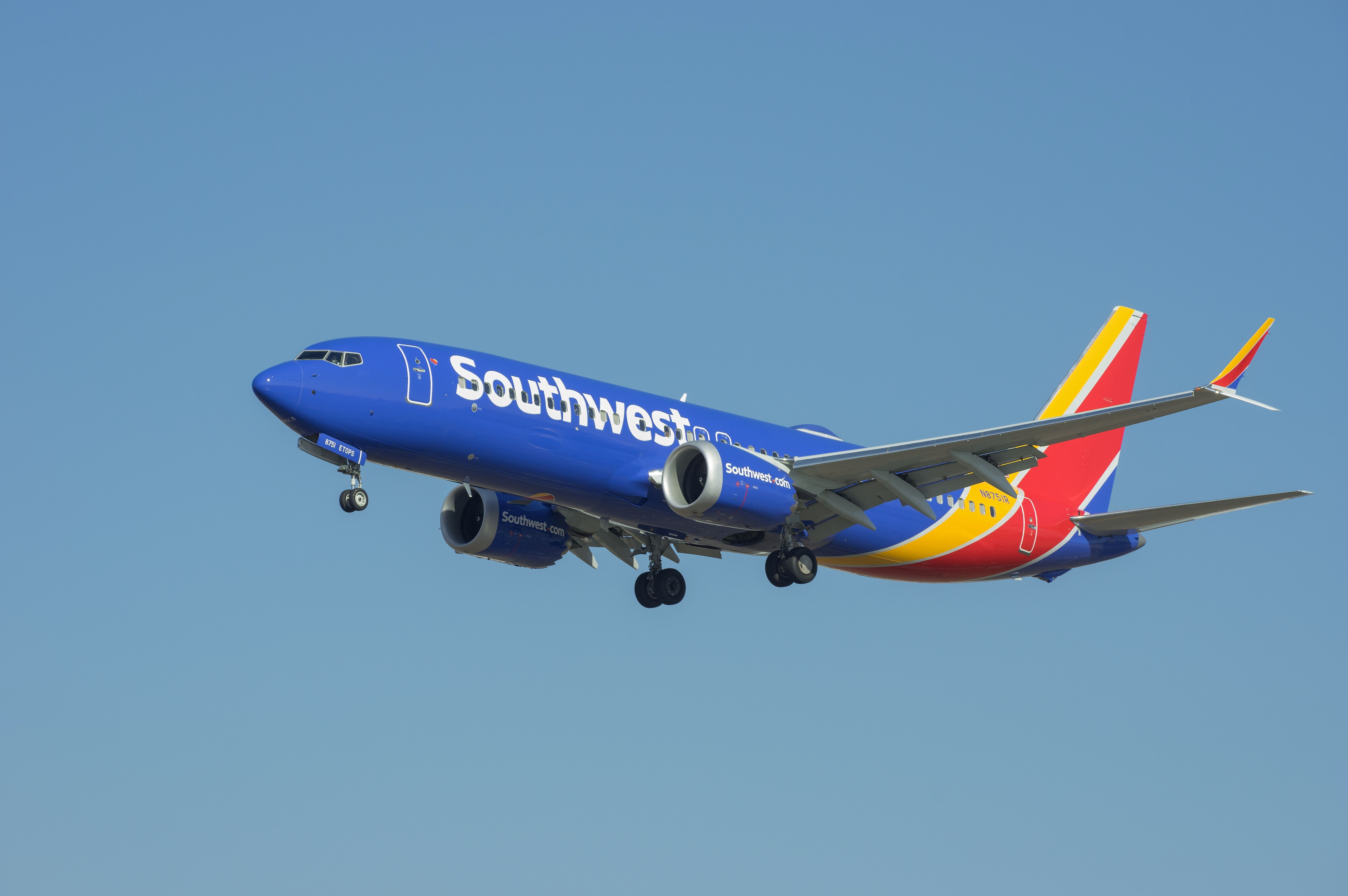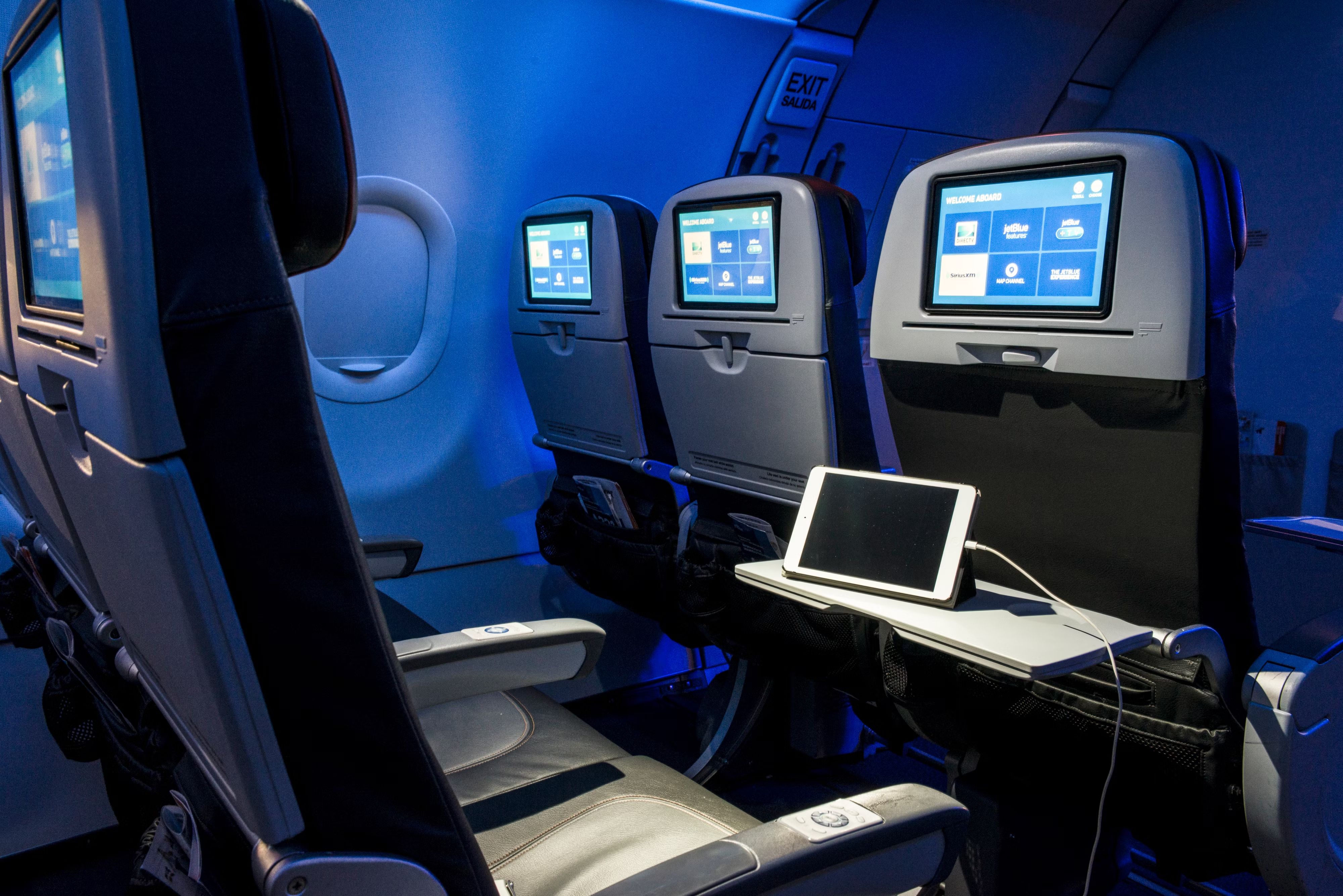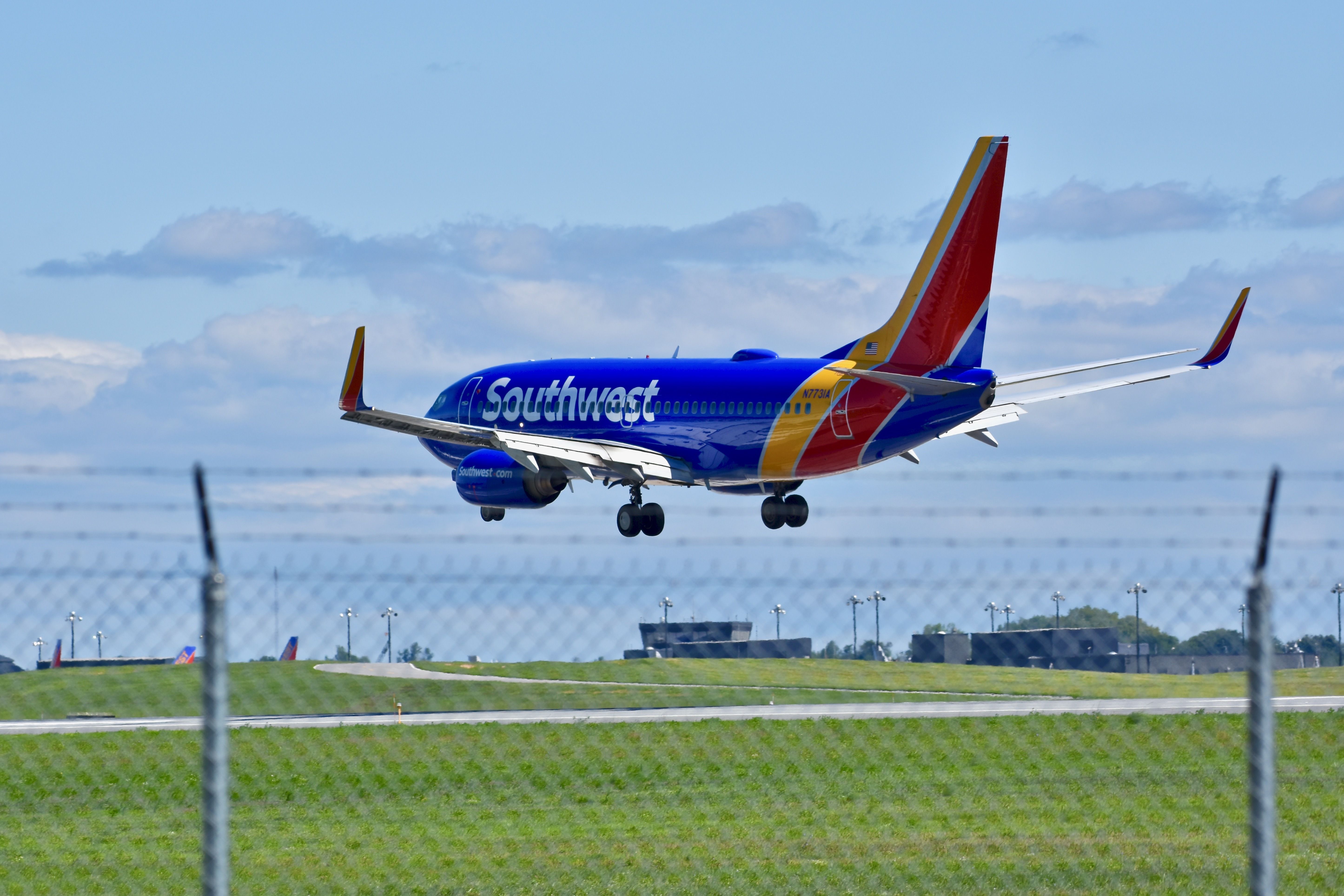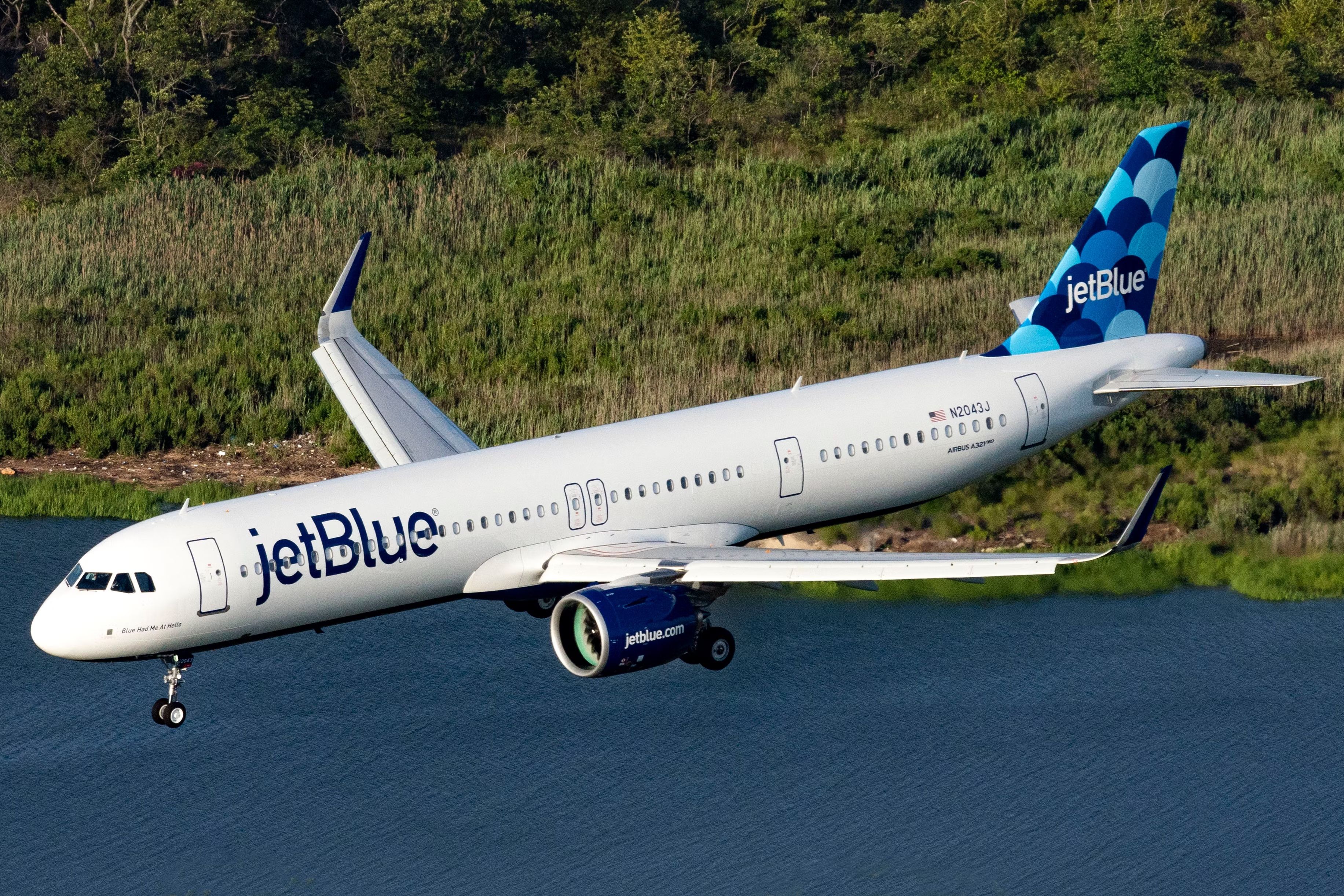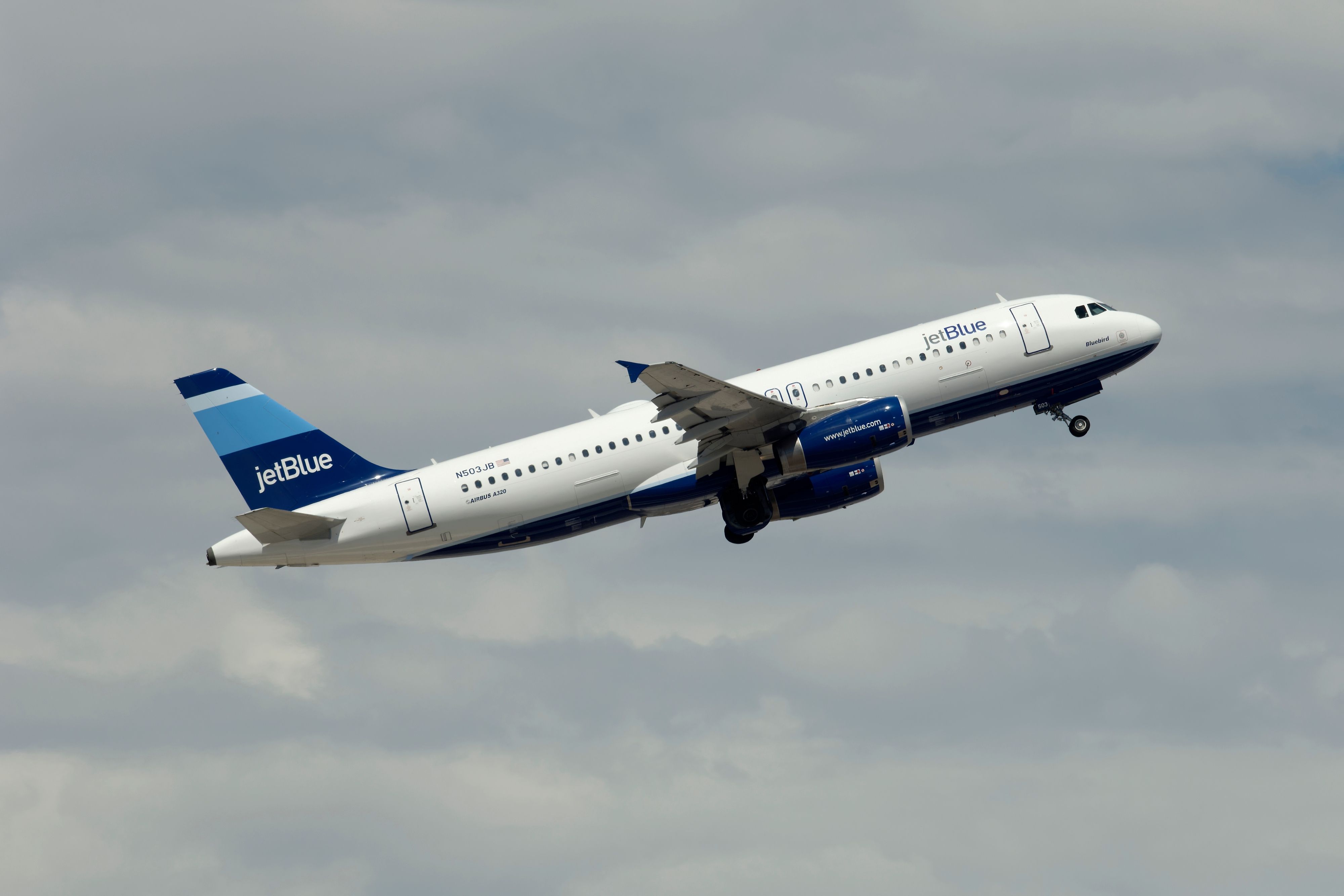Summary
- Southwest Airlines, the original low-cost carrier, offers affordable flights, free checked baggage, and a simple business model that prioritizes cost-efficiency and customer satisfaction.
- JetBlue, on the other hand, is a hybrid carrier that focuses on a packaged service at higher fares. It offers increased amenities like free in-flight entertainment and WiFi, as well as a competitive Mint business class.
- When choosing between Southwest and JetBlue, consider your preference for aircraft type.
Quality of life as pertains to the potential for travel has steadily increased over the past couple of decades for a vast number of people. Much of this can be attributed to the rise of the low-cost carrier, or the LCC.
While we have previously covered the pros and cons of their compatriot ultra-low-cost carriers Spirit and Frontier Airlines, the turn has now come for a closer look at the differences between American LCCs Southwest and JetBlue.
Photo: Angel DiBilio/Shutterstock
The original vs. the high-end LCC
In one corner, we have the grand old dame, Southwest Airlines, whose name was basically synonymous with low-cost air travel in the US during the segment’s early years from the 1970s to 1990s. Over time, Southwest’s simple business model of first-come, first-serve seating, affordable flights, and free checked baggage has allowed the carrier to thrive and expand.
In the other corner is JetBlue, which received its first take-off/landing slots from JFK just before the turn of the millennium. The carrier has sought to distinguish itself as a hybrid carrier, with both competitively low fares alongside increased amenities such as free in-flight entertainment and WiFi. Furthermore, the airline has introduced its Mint business class, which is truly competitive with most long-haul business classes today.
Both airlines fly to over 100 domestic and international destinations, and Southwest is the largest low-cost carrier in the world. Its fleet of 802 Boeing 737 family aircraft dwarfs that of JetBlue, which has only 285 aircraft, all of which are narrowbody Embraer E-190s, Airbus A320 family jets, and Airbus A220s. When choosing between these two carriers, however, it is important to keep in mind which aircraft type you prefer: Boeing 737s or the A320 family.
Fares and seats
According to business statistics database Statista, JetBlue has a much higher average fare, tallying in at $217, than Southwest, which averages $142. This is because JetBlue’s low-cost strategy focuses on charging higher prices for a packaged service. In contrast, Southwest is more intent on cost-efficiency and customer satisfaction from efficient operations, made possible by its larger fleet.
Unusually for an LCC, JetBlue has more than one class of cabin. The airline’s Mint product is its version of business class, which is offered at relatively reasonable prices, especially considering its high quality of service. Mint seats offer fully-flat beds, restaurant-quality meals, and large in-seat entertainment screens.
However, even when it comes to economy, the airline is generally considered a leader when it comes to seat pitch and width. Its cheapest seats offer a pitch range of 32 to 35 inches on most flights, and some up to a full 41 inches. Seat width ranges between 17.8 to 18.5 inches.
In comparison, Southwest offers a width of 17.8 at most, and that is onboard the newer 737 MAXs, which have reentered service after a brief hiatus caused by the aircraft’s crashes and subsequent investigations. Otherwise, the average is as low as 17 inches, with most of the carrier’s planes providing a seat pitch of 32 to 33 inches.
Photo: JetBlue
Route network
Southwest has always favored the point-to-point model, flying nonstop in a criss-cross across the country. JetBlue has traditionally preferred the hub-and-spoke set-up, or as it calls it, focus cities, mixing in point-to-point only recently. However, since the carrier has introduced transatlantic flights to London-Heathrow (LHR) and London-Gatwick (LGW), the airline has begun to operate long-haul flights using A321 jets.
Photo: Jeramey Lende/Shutterstock
One of the major differences in routes between them is that Southwest is the only one of the two that flies to Hawaii. However, JetBlue does have a codeshare with Hawaiian Airlines from Boston, so you could still redeem and receive points on that journey.
The other destinations that set them apart are international. Southwest’s network does not stretch further than Central America, with the southernmost dot on the map being San Jose in Costa Rica. Meanwhile, JetBlue has services to several cities in Colombia, as well as Georgetown in Guyana, Lima in Peru, and Quito and Guayaquil in Ecuador. The younger carrier also has a more extensive Caribbean network.
Photo: Vincenzo Pace | Simple Flying
Loyalty programs
If you are considering which airline to settle in with for the long-haul (no pun intended), you would, of course, take into consideration what kind of returns they would give you for your loyalty. Let’s take a look at the differences between the two loyalty programs offered by the carriers.
Southwest Rapid Rewards
Southwest Airlines has the Rapid Rewards frequent flyer program. The program itself is entirely free, but it is also connected to three different levels of VISA credit cards.
The program allows members unlimited reward seats on days that end with the letter y. Which, of course, means every day of the week, but the phrase goes well with the airline’s Transfarency trademark. Furthermore, there are no blackout dates, and points do not expire.
As an A-list member, which you become after flying 25 one-way flights or earning 35,000 tier qualifying points in a year, you get some extra perks. These are priority boarding, 25% earning bonus, same-day standby for earlier flights, priority check-in and security access where available, and a dedicated customer service line.
The next tier is A-list Preferred, which you reach after 50 one-way flights or 70,000 qualifying points in a calendar year. It has all the benefits of the A-list tier plus a few extras. It will get you a 100% earning bonus, free in-flight WiFi, and of course, an even more dedicated customer service line.
TrueBlue
JetBlue’s loyalty program TrueBlue also allows you to redeem your points for any seat at any time, without blackout dates. JetBlue points also don’t expire. You gain two times the points when booking through the JetBlue website or app, and there is also a Points Pooling function. This allows up to seven friends and family members to pool points to earn rewards faster.
The card is also free but tied to three different levels of MasterCard credit cards. The loyalty program also awards double the points for bookings up to June 15th, with travel up until February 2nd, 2021.
Photo: Robin Guess/Shutterstock
To reach TrueBlue elite status, known as Mosaic, you normally need to reach 15,000 flight points or fly 30 segments and reach 12,000 flight points. In response to the unprecedented situation, JetBlue has lowered its Mosaic requirements by 50% for this year, while customers will continue to receive 15,000 bonus points when qualifying.
As a Mosaic member, you get free changes and cancelations on most fares, two free checked bags, priority security lane access, early boarding, and complimentary alcoholic drinks onboard. You can also redeem points for JetBlue’s Even More Space seats, and of course, get access to a special customer service line.
Your decision
So all in all, which carrier is better for you will depend on whether or not you are willing to pay for a slightly more premium product with more space and entertainment. It will also depend on whether or not you are traveling nonstop between smaller cities or going to South America and if free alcohol and checked-in luggage are important to you as an elite bonus member. And of course, if you’re hoping to travel transatlantic, JetBlue will be your only option on an American low-cost carrier.
Photo: Ontario International Airport
Of course, all of this will hinge on what kind of route map these two airlines will be operating post-crisis. No matter how reasonable a carrier’s fares or perks are, it does not matter if it cannot take you to where you need to go, from whence you need to go there.
Which of the two airlines do you prefer, and why? Let us know in the comments.
[ad_2]
Source link
